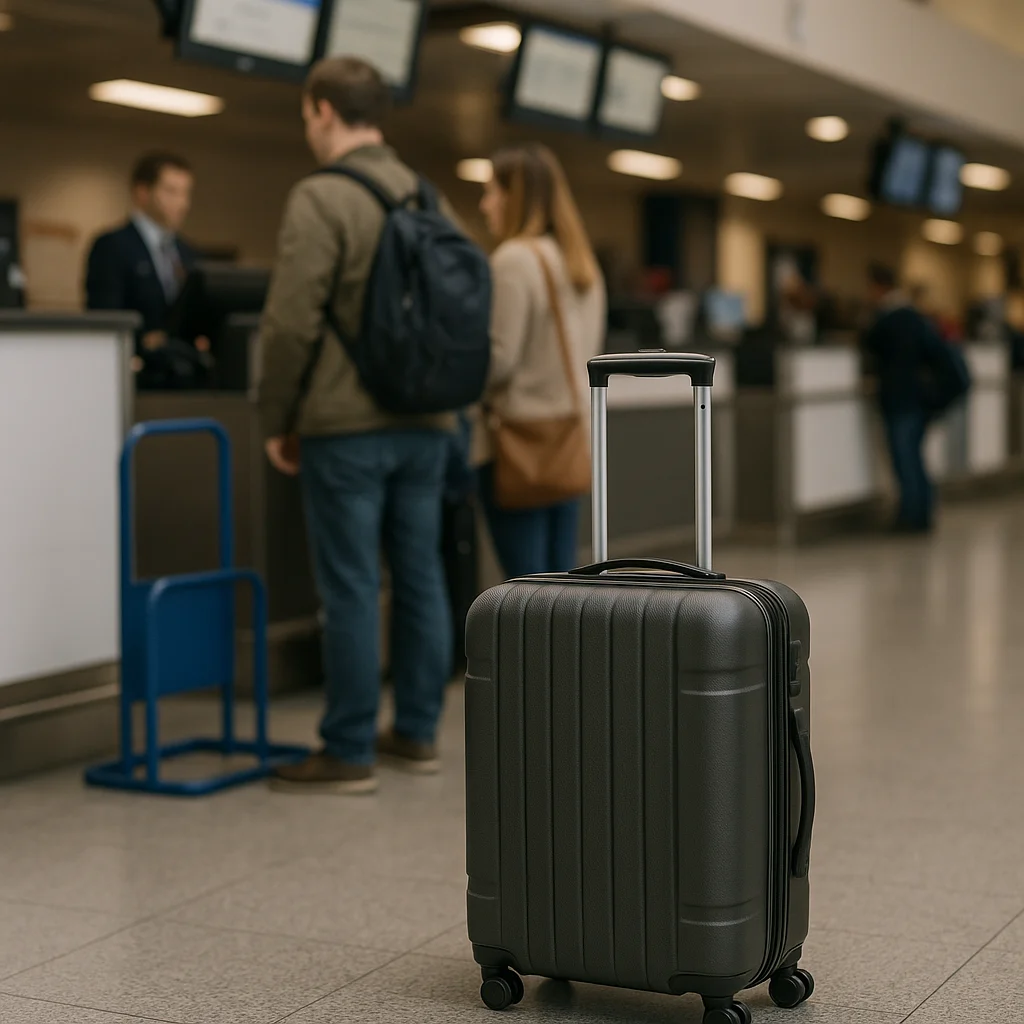What’s Shaping Air Travel to Europe in 2025?
The landscape of air travel is rapidly evolving, and 2025 promises significant changes for those flying to Europe. Advances in technology, shifting regulations, and emerging trends are redefining the passenger experience. Whether you’re a frequent traveler or planning your first European trip, understanding these developments is essential for a smoother journey. From innovations in security screening to new airline routes and sustainability efforts, the year ahead holds many changes designed to improve convenience, safety, and environmental impact.
As airlines and airports adapt to these trends, travelers will notice enhanced processes and services that could transform how we think about air travel. Staying informed can help you navigate these shifts effortlessly and maximize your trip’s enjoyment.
Innovations in Airport Security and Passenger Experience
Security remains a top priority in air travel, and Europe is investing heavily in smarter, faster, and less intrusive screening technologies.
Biometric Identification
Many European airports are expanding biometric systems, such as facial recognition and fingerprint scanning, to speed up check-in and boarding. This technology reduces wait times and minimizes physical contact, critical in a post-pandemic world. For example, airports like Amsterdam Schiphol and London Heathrow plan to implement more biometric gates in 2025.
Streamlined Security Screening
New full-body scanners and AI-powered threat detection systems will make security checkpoints more efficient. These systems can identify potential dangers with greater accuracy, reducing manual bag checks and passenger delays.
Key benefits of these innovations include:
– Faster, contactless boarding processes
– Reduced queue lengths
– Enhanced passenger safety and privacy controls
Airlines and Route Developments
2025 will see notable changes in airline offerings and routes, influencing how passengers plan their trips to Europe.
New Direct Flights and Routes
To meet growing demand, several airlines are launching new direct routes from key cities worldwide to European hubs. Travelers from the Americas, Asia, and Africa can expect more options with reduced transit times.
Examples include:
– Increased nonstop routes from the US to secondary European cities
– Expanded service from Middle Eastern carriers to lesser-known European destinations
Low-Cost Carrier Growth
Budget airlines continue to grow their European networks, making travel more affordable. Expect competitive pricing on flights to popular destinations, although some ancillary fees for baggage and seat selection will remain.
Tips for booking with low-cost carriers:
– Book early for best fares
– Carefully check baggage policies
– Consider flexibility, as low-cost fares often have limited change options
Environmental Initiatives Impacting Air Travel
Sustainability is a major focus for the aviation industry, and Europe is leading several initiatives aimed at reducing carbon emissions in air travel.
Adoption of Sustainable Aviation Fuels (SAF)
Many European airlines plan to increase SAF usage by 2025. These fuels reduce lifecycle carbon emissions by up to 80% compared to traditional jet fuel. Airports and governments are also investing in supply infrastructure to support SAF expansion.
Aircraft Modernization and Efficiency
Newer aircraft models with enhanced fuel efficiency and lower noise levels are entering service. Airlines replacing older fleets demonstrate commitment to greener operations and passenger comfort.
Passengers can contribute by:
– Choosing airlines with strong sustainability records
– Offsetting their carbon emissions when booking flights
Changes in Travel Regulations and Documentation
Updated travel rules and documentation requirements will affect how you prepare for your journey to Europe.
Digital Travel Authorization Systems
Europe plans to expand digital travel authorizations similar to the existing ETIAS system. Passengers from visa-exempt countries may need to apply online in advance, reducing border control delays upon arrival.
Health and Safety Protocols
Post-pandemic, some health screenings may continue in certain airports, but frequent testing or quarantine requirements are expected to be less common by 2025. Still, travelers should verify current local guidelines before flying.
Essential preparation tips:
– Double-check passport validity and visa requirements
– Register for any required travel authorizations ahead of time
– Stay updated on airline and country-specific COVID-19 policies
Technology Trends Enhancing Air Travel
Technology adoption isn’t limited to airport security. Several innovations are improving passenger comfort, convenience, and connectivity.
Personalized Travel Apps
Airlines and airports are investing in apps that provide real-time updates, personalized itineraries, and seamless self-service options. Features may include dynamic boarding alerts, lounge reservations, and baggage tracking.
In-Flight Connectivity and Entertainment
Expect more flights offering high-speed Wi-Fi and streaming services, making long journeys more enjoyable and productive.
Other tech advancements:
– AI-powered customer service via chatbots
– Contactless payments and app-based ordering for food and drinks on board
Tips for Travelers Preparing for Air Travel to Europe in 2025
Getting ready for your European trip next year requires some strategic planning. Here are practical tips to navigate the evolving air travel landscape:
– Book flights early to secure better prices and routes
– Make sure travel documents and any required authorizations are up to date
– Use airline and airport apps for real-time travel info and smoother airport navigation
– Pack smartly to avoid extra fees, especially with low-cost carriers
– Consider airlines’ environmental policies if sustainability is a priority
– Arrive at the airport early, but expect faster security thanks to new technology
– Stay flexible and monitor updates on travel regulations due to changing global conditions
By implementing these strategies, your trip to Europe will be less stressful and more enjoyable, reflecting the improvements in air travel for 2025.
Europe’s aviation industry is responding to passenger needs with innovation, sustainability, and convenience at its core. Embracing these changes will help travelers experience the best of what 2025’s air travel has to offer.
For personalized advice and travel planning assistance, visit khmuhtadin.com and connect with experts ready to help you navigate Europe’s air travel landscape confidently.




